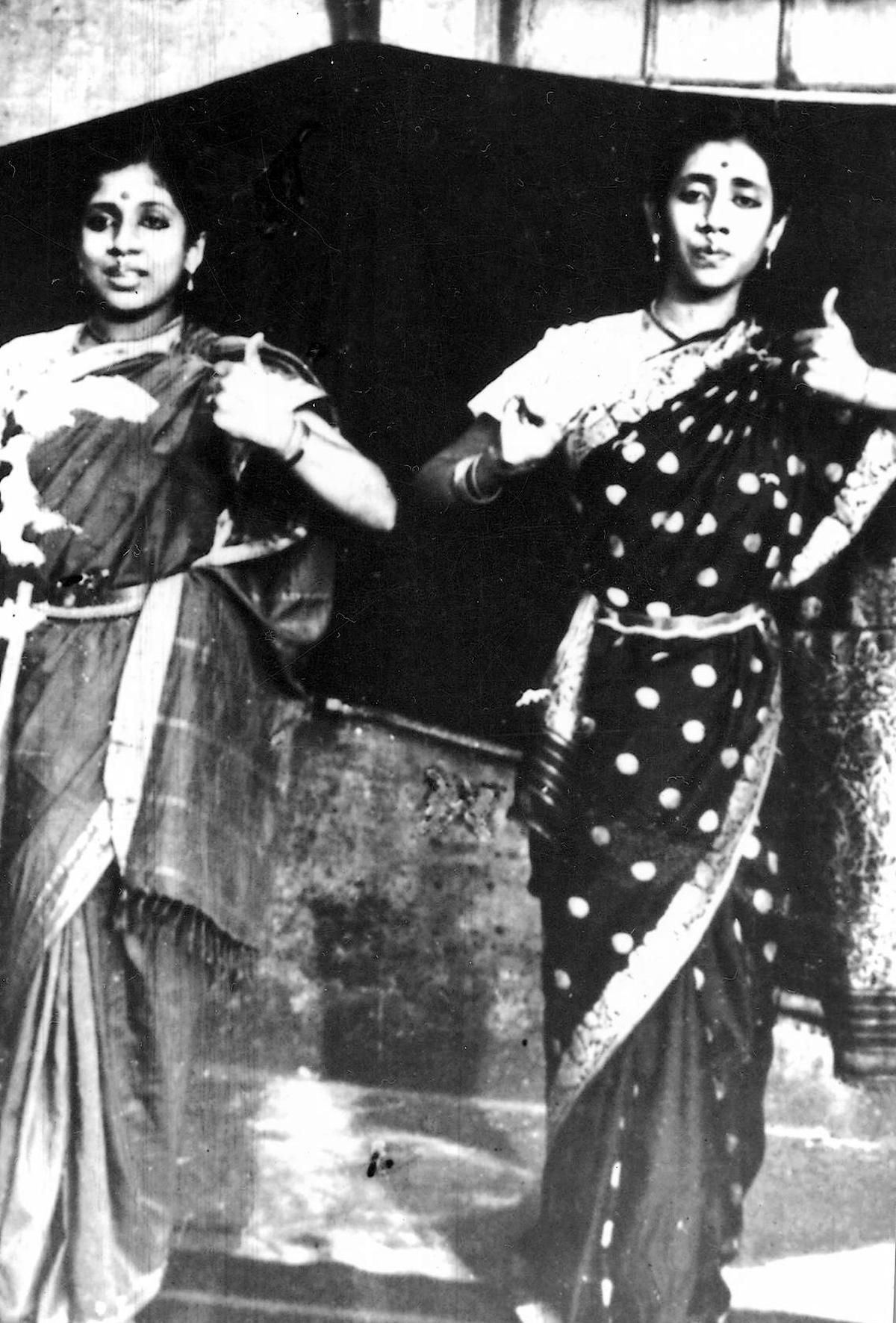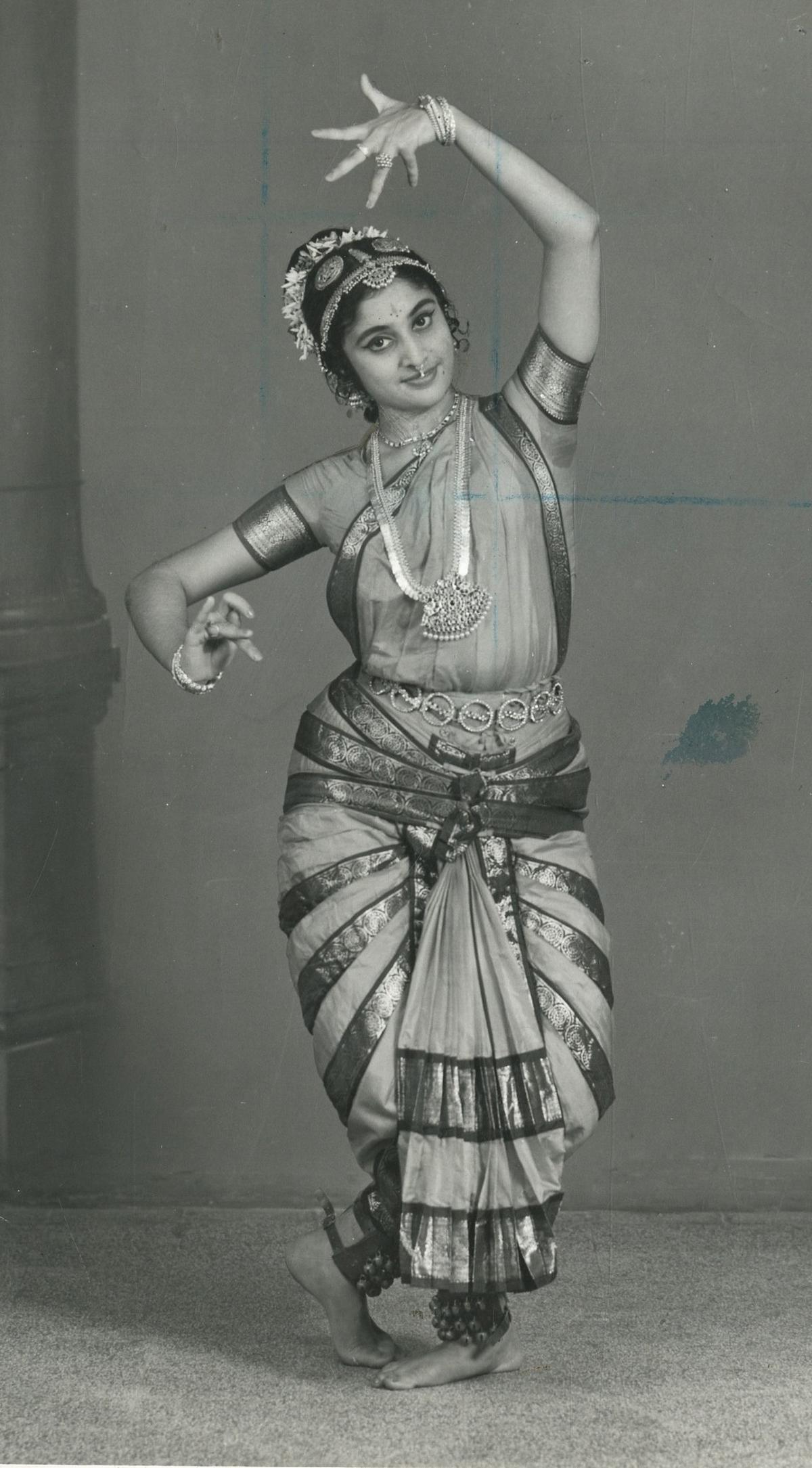During the Season, halls big and small, reverberate to the sounds of anklebells, sollukattus, cymbals, mridangam strokes and music. The visual poetry of the lovelorn nayika, songs describing the celestial dance of Nataraja or the delectable Krishna, the jeevatma yearning for union with the paramatma, the rising crescendo of the tillana and the rounds of applause fill the space.
Classical dance – Natyam, is an integral part of Chennai’s Margazhi Season, the scope of which has expanded from November to January, thereby providing more performance opportunities mainly to youngsters. Bharatanatyam holds centre stage though the other classical styles do find a place.
The genesis
When did it all begin? The genesis of the dance season lies in the genesis of the Madras music season. The annual All India Congress Session in 1927 gave an impetus to the establishment of the Music Academy in 1928. It was the practice to hold a music conference in conjunction with the Congress sessions in North India, and when Madras was chosen as the venue for 1927, Congress stalwart S. Satyamurti decided that a music conference must be organised. The first Conference was held in March 1929 for three days but dance was not a part of it. From 1930 the Academy began the tradition of conducting a week-long music festival in the last week of December to coincide with the Christmas week holidays. Thus began the ‘December Season’.
E. Krishna Iyer (left) as actor, singer and dancer playing the part of Malavika in Kalidasa’s Malavikagnimitra, staged by Suguna Vilas Sabha and (right) the Kalyani Daughters.
| Photo Credit:
The Hindu Archives
It is interesting that dance first made its entry into the season not as a performance but via discussions in the conference sessions. The ‘nautch question’ as it was known, was a burning topic in the early 1930s and there were heated discussions in the Academy conferences on the need to preserve the beautiful art of Sadir. The Music Academy then took a bold step. It announced its season with a Bharatanatyam performance by the Kalyani Daughters (Rajalakshmi and Jeevaratnam) of Tanjore on March 15, 1931; their mother was the celebrated dancer Tiruvalaputtur Kalyani. The performance drew only a small crowd and a meager gate collection, but it was a significant event and was reported in the Music Academy journal. The Academy continued to encourage the art of dance under the name of ‘Bharatanatyam’. On January 3, 1932, it invited Srimati Gowri (Mylapore) to dance with Balaraman of the Nadamuni Band providing musical accompaniment.
Mylapore Gowri Ammal.
| Photo Credit:
The Hindu Archives
The decisive discussion on the future of the dance was held on December 28, 1932 — the sixth day of the conference. It was held in a special spacious circular pandal erected to the north of the Ripon Buildings in the Peoples Park. A big dais with aesthetic stage décor was made for the artistes who were to give model performances every evening. At the end of the discussion, the Academy passed major resolutions which had important repercussions. The conference appealed to the public and art associations to give Bharatanatyam the necessary encouragement. It requested the Academy to take steps towards proper appreciation of the art and to encourage public performances. It was suggested that women’s organisations could initiate proper training by instituting a course of instruction in the art.

Kumbakonam Bhanumathi (left) and Varalakshmi were featured on December 27, 1936.
| Photo Credit:
The Hindu Archives
Sudharani Raghupathy during a performance.
| Photo Credit:
The Hindu Archives
Nandini Ramani, senior Bharatanatyam exponent now in her early seventies explains the Academy’s in the marumalarchi or renaissance of Bharatanatyam. She has fond memories of the dance season at the Academy which she has observed closely for decades. She recalls that those days one could watch well defined banis during the Season: the famous Kamala with her sisters Rhadha and Vasanthi under the baton of Vazhuvoor Ramiah Pillai; Vyjayantimala with her guru Kittappa Pillai wielding the cymbals and singing; and Nandini’s own guru T. Balasaraswati presenting the rigorous style of Kandappa Nattuvanar. Their performances would be landmark events on specific dates of the Season . Kamala and Vyjayantimala would draw house-full audiences. It was a grand and awe-inspiring experience to watch the nattuvanars and listen to them recite the jatis.
Octogenarian Rhadha recalls the excitement of dancing with Kamala during the Seasons of yore. There would be performances every day – so Kamala and vadyar Ramiah Pillai would chose the varnams for each venue and then the other items of the repertoire. They would practice with musicians S.K. Rajaratnam and K.R. Radhakrishnan every morning, everyone would be memorising and going over the the new pieces. The Seasons then were very different from now. The number of lecdems have increased and so has the sharing of the intellectual quotient which Rhadha feels is good.

Chitra Visweswaran’s performance under the auspices of Kala Mandir on March 28, 1976.
| Photo Credit:
The Hindu Archives
Sujatha Vijayaraghavan, writer and connoisseur of the arts, recalls that in the 1970s, people would stand in the queue at the Academy at 6 a.m. to buy tickets for the dance of the famous Kamala, and her sisters Rhadha, and Vasanthi. As the years passed, the list of dancers at the festival included the likes of Padma Subrahmanyam, Chitra Visweswaran, Sudharani Raghupathy, Srividya, Yamini, Krishnamurthi, Sonal Mansingh, and Alarmel Valli, — and they were not featured every year.
Over the year, many dance programmes started being staged under the auspices of various sabhas and associations such as Sri Parthasarathy Swami Sabha, Indian Fine Arts Society, Tamil Isai Sangam. Over the decades, many renowned sabhas like Sri Krishna Gana Sabha (SKGS), Narada Gana Sabha, and Bharat Kalachar, to name a few — have been propagating natyam in a big way. Kartik Fine Arts (KFA) and Bharatiya Vidya Bhavan are the early starters of the dance season every year.
The Natya Kala Conference (SKGS) and Natya Darshan (KFA) which are curated by their awardees are “the season spots” which draw a good crowd. They have become important forums for dancers and enthusiasts to widen their horizons, derive deeper insight into the art forms, or simply connect and reconnect with acquaintances in the field — it’s trendy to be spotted there!
In a welcome move, Narada Gana Sabha has allotted the daily afternoon 1.45 p.m. slot during the December season to talented young dancers.
The Dance Festival of the Music Academy, launched in 2007, has now become a signature event, held every year from January 3 to 9. It features all Indian classical dance styles, both solo and group through the day.
The season fare
The Dance Season is virtually a private sector affair – the financial resources are raised by the organisations themselves through ticket sales and souvenir advertisements along with corporate sponsorship. The boom in sponsorship in the mid-eighties has not necessarily been a boon. It has encouraged not only new organisations but also fly-by night operators out to make a fast buck. Recommendations and the “pay to perform” syndrome continue to get a boost during the Season as pushy parents want to see their children dance on stage. Every dancer, regardless of skill and talent, wants to become a choreographer – as a result you find a lot of “cut and paste” items, Bharatanatyam mixed with folk, martial arts and cinematic elements too! Quantity has overtaken quality.
The time-tested solo Bharatanatyam margam sans the jatiswaram and sabdam is mostly adhered to during the Season. Given the short gap between two shows and the “switch on the lights, mike and dance” attitude of many organisers, the Season is not really conducive for thematic programmes and group presentations which need special stage décor and lighting. However, it is a rich harvest time for the natyam orchestra.
It would be wonderful if all this excitement could get translated into full houses for dance programmes. Dance attracts a smaller audience as compared to music. Some say they cannot understand the language of dance, others say they are put off by the cloying erotic content and its not-so-subtle visualisation. It is interesting to note that although the audience for dance is less than that for music, over the years, the percentage increase in dance programmes has been manifold. From less than 350 dance performances in 1995-96 (solo and group) the number of dance programmes has increased in leaps and bounds to touch the 2000-mark!
There are many learning Bharatanatyam in Chennai, out of which several aspire to perform during the season. If these dance students would take the trouble to attend lecdems and watch seniors perform, they would benefit a great deal. A memorable dance performance is a seamless blend of nritta, abhinaya, sets, make up, music, lighting and costume. And teachers should bring in all these aspects into the training.
As the Dance Season continues to grow and become multi-dimensional, drawing artistes and audiences from across the globe. And as performers get more creative with content and presentation, we need to ensure the dance form’s history and aesthetics are not lost.